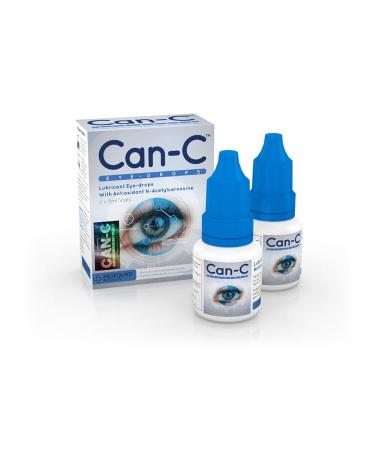Overview
ESP-HAT-KIT is an ESP32-S3 development board designed to be compatible with the Raspberry Pi HAT expansion board. It retains all the features of the ESP32-S3 development board, and at the same time adds an OLED screen to meet the needs of display, and a new TF card slot to support external TF card. It also supports direct power supply from 3.7v lithium battery.
Features
- ESP32-S3-WROOM-1: ESP32-S3-WROOM-1 is a powerful, generic Wi-Fi + Bluetooth LE MCU module that has a rich set of peripherals. It provides acceleration for neural network computing and signal processing workloads. ESP32-S3-WROOM-1 comes with a PCB antenna.
- 5V to 3.3V LDO: Power regulator that converts a 5V supply into a 3.3V/500mA output.
- 5V Step Up Regulator:Power regulator that converts a Battery supply into a 5V/1.5A output.
- Battery charge: Built in 500mA lipoly charger with charging status indicator LED
- OLED Display: 0.91 Inch, 128x32 monochrome OLED uses only the I2C Bus
- TF Slot:a TF/microSD socket that connects to the SPI port pins
- Raspberry Pi GPIO Headers: All available GPIO pins (except for the SPI bus for flash) are broken out to the pin headers on the board for easy interfacing and programming. Support Pi HAT size and pinout
- Pmod2: Pmod compatible headers support expand peripheral modules type2 I2C sensor Headers: Two I2C sensor interfaces(3.3V)
- USB-to-UART Port: A typec-USB port used for power supply to the board, for flashing applications to the chip, as well as for communication with the chip via the on-board USB-to-UART bridge.
- Native ESP32-S3 USB Port: ESP32-S3 full-speed USB OTG interface, compliant with the USB 1.1 specification. The interface is used for power supply to the board, for flashing applications to the chip, for communication with the chip using USB 1.1 protocols, as well as for JTAG debugging.
- Boot Button: Download button. Holding down Boot and then pressing Reset initiates Firmware, Download mode for downloading firmware through the serial port.
- Reset Button
- USB-to-UART Bridge: Single USB-to-UART bridge chip provides transfer rates up to 3 Mbps.
How to Power
There are four mutually exclusive ways to provide power to the board:
- USB-to-UART Port and ESP32-S3 USB Port (either one or both), default power supply (recommended)
- 5V and G (GND) pins
- 3V3(3.3V) and G (GND) pins
- 3.7V battery port
Packing List
- 1 x ESP-HAT-KIT development board













